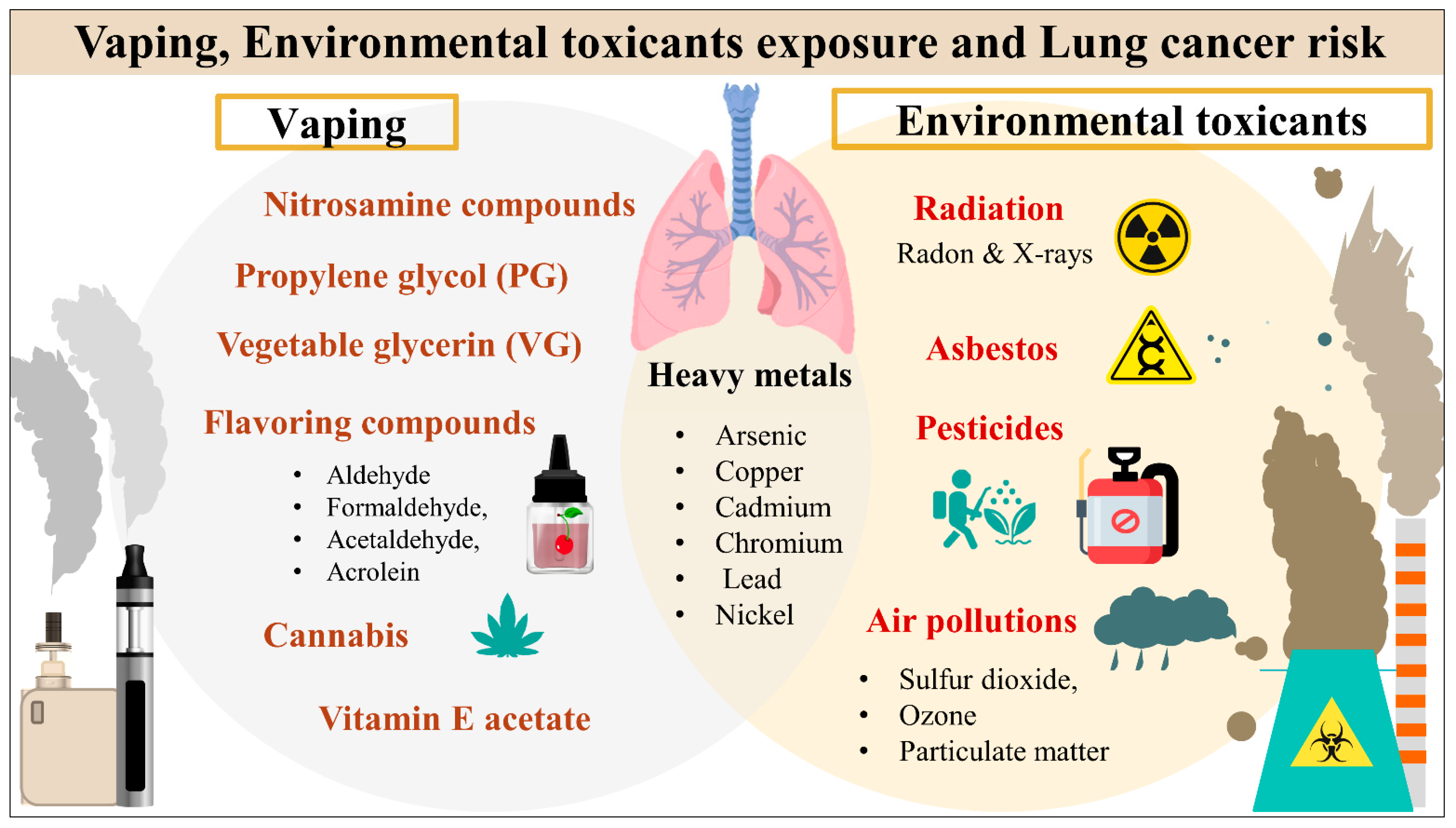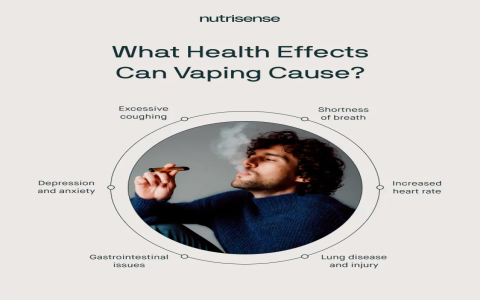Current evidence suggests that electronic cigarettes can contribute to an increased risk of lung cancer. While often marketed as a safer alternative to combustible cigarettes, the aerosol (vapor) produced by e-cigarettes contains multiple substances known to be harmful to the lungs.
Harmful Components in E-cigarette Aerosol
The vapor inhaled from e-cigarettes is not merely water. It contains several potentially carcinogenic and lung-damaging chemicals, including:

- Aldehydes: Substances like formaldehyde, acetaldehyde, and acrolein are present. Formaldehyde is a known human carcinogen. Acrolein, a potent irritant, can cause acute lung injury, contribute to conditions like COPD, and is suspected in the development of asthma and lung cancer.
- Volatile Organic Compounds (VOCs): Some VOCs found in e-cigarette aerosol are known to be toxic and carcinogenic.
- Fine Particulate Matter: These small particles can penetrate deep into the lungs, causing inflammation and damage.
- Heavy Metals: Traces of metals like nickel, tin, and lead have been detected in e-cigarette vapor, originating from the heating coil and other components, which can be toxic to lung cells.
Mechanisms of Lung Damage and Cancer Risk
Inhalation of these substances can lead to several adverse effects on the lungs:
- Inflammation and Oxidative Stress: Many components in e-cigarette aerosol can cause chronic inflammation and oxidative stress in lung tissue, which are key processes in the development of cancer.
- DNA Damage: Certain chemicals, like formaldehyde, can directly damage DNA in lung cells. If this damage is not repaired properly, it can lead to mutations that initiate cancer.
- Impaired Lung Function: Chronic exposure can lead to conditions such as bronchitis-like symptoms, scarring, and narrowing of the airways, indicating ongoing lung tissue damage.
Studies have also indicated that individuals who both smoke traditional cigarettes and use e-cigarettes (dual users) may face a significantly higher risk of developing lung cancer compared to those who only smoke cigarettes. This suggests that vaping may not negate smoking risks and could potentially add to them.
Conclusion on Lung Cancer Risk
While long-term epidemiological studies specifically linking e-cigarette use to lung cancer in humans are still accumulating due to the relatively recent widespread use of these products, the presence of known carcinogens and lung-damaging agents in e-cigarette aerosol provides a strong basis for concern. The biological plausibility for e-cigarettes to cause or contribute to lung cancer is significant, based on the toxicological profile of their emissions and observed cellular damage. Therefore, e-cigarettes cannot be considered harmless with respect to lung cancer risk.










